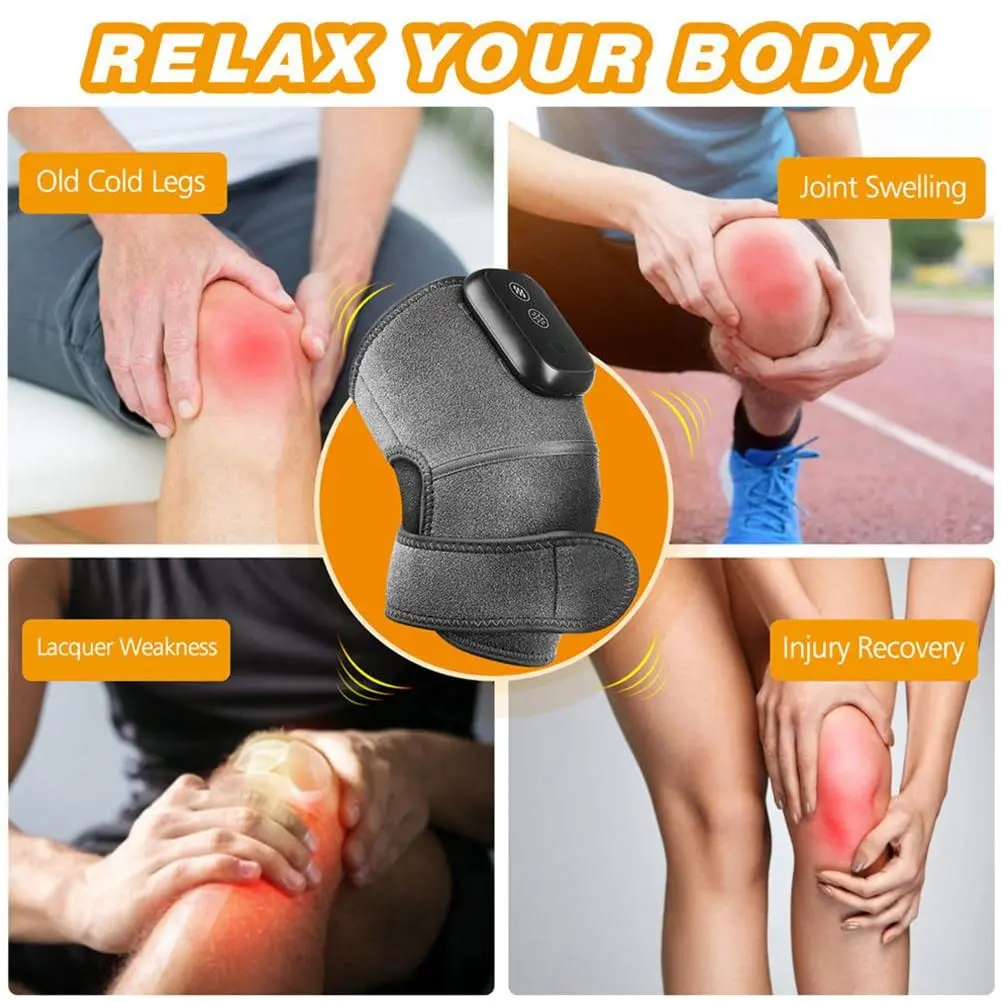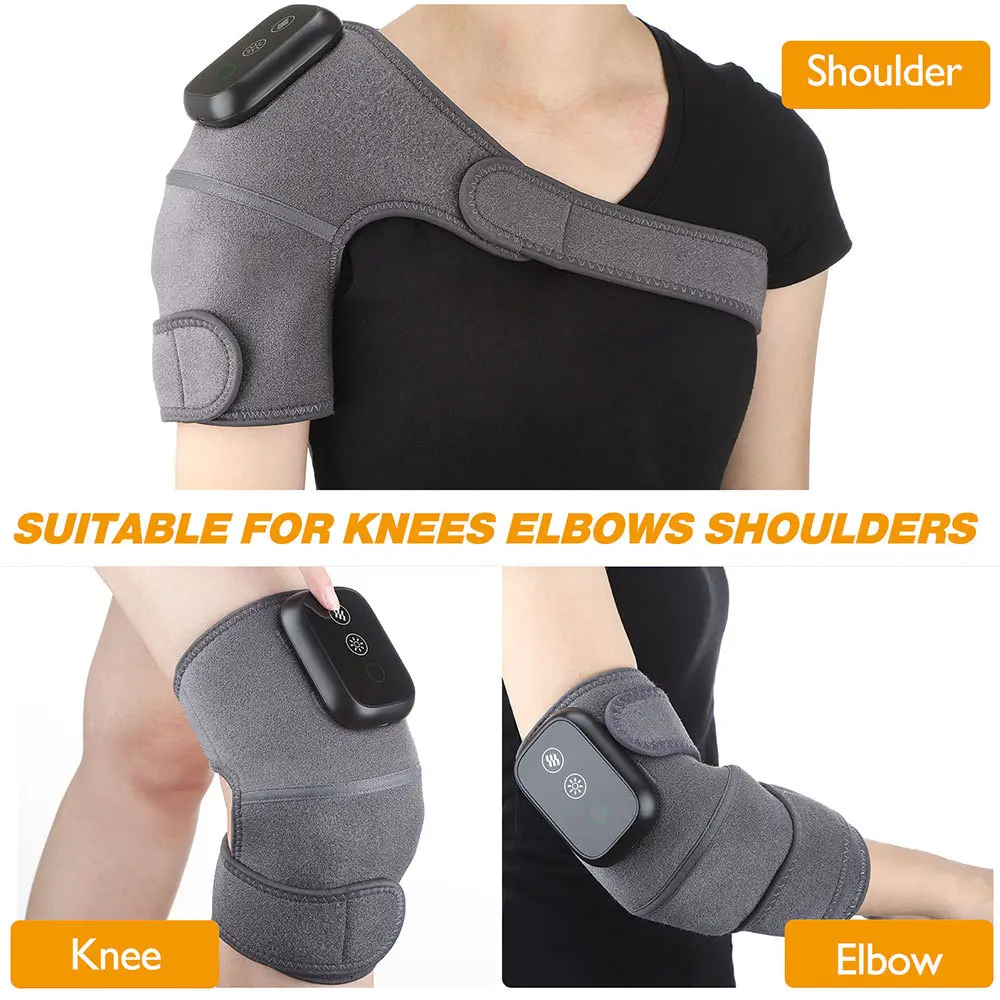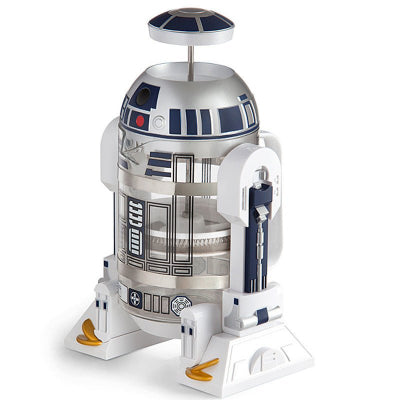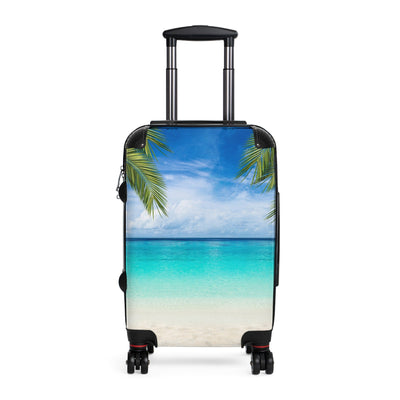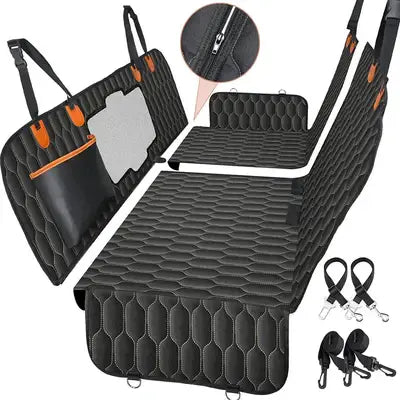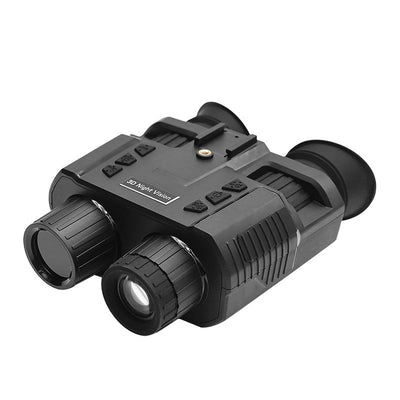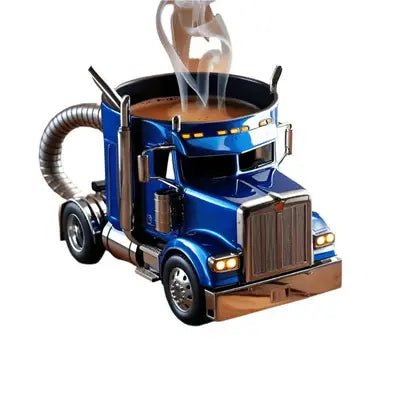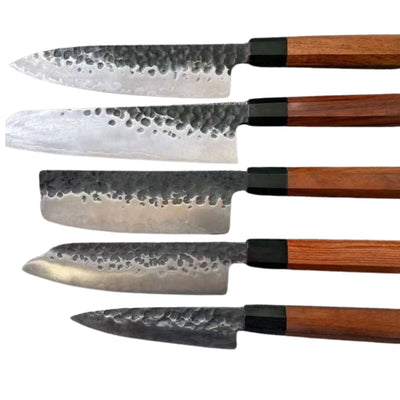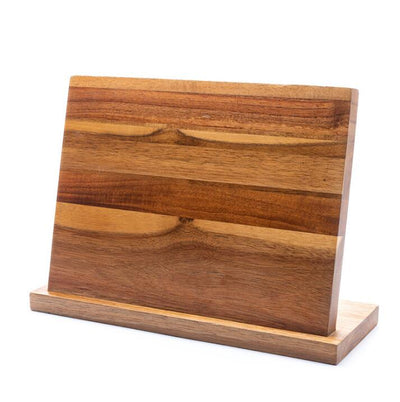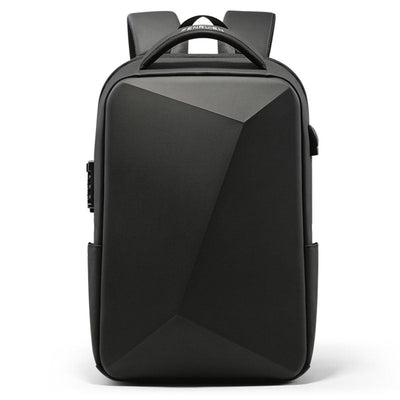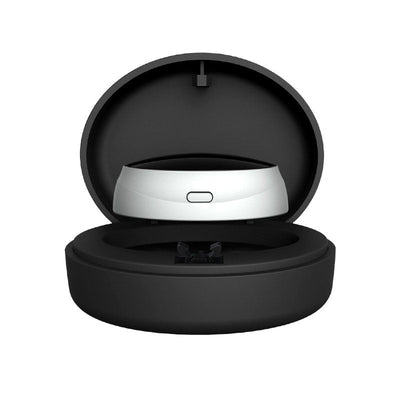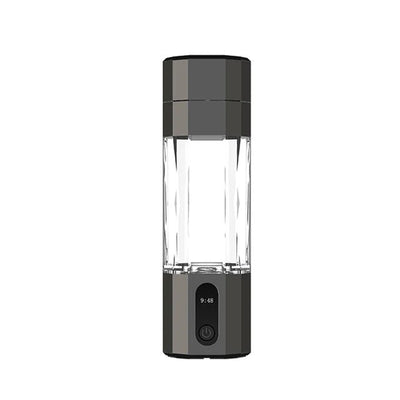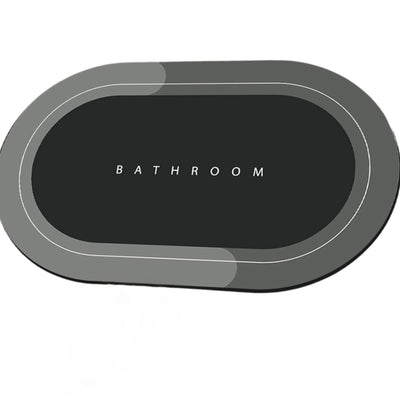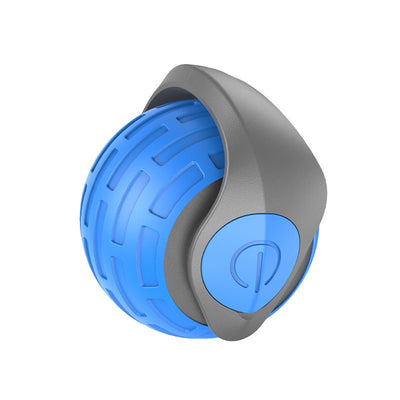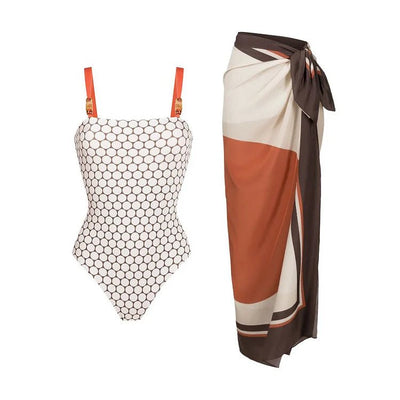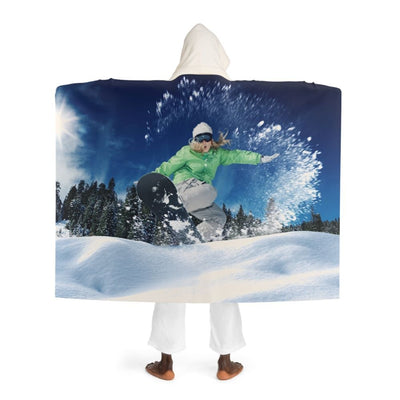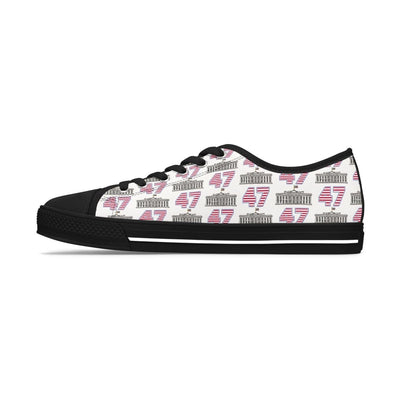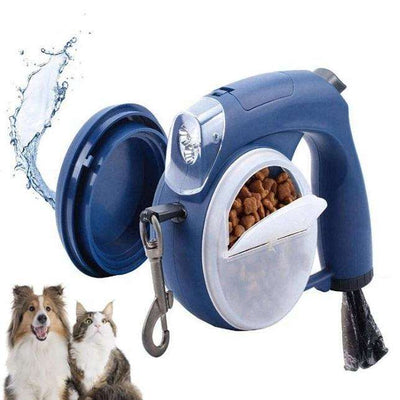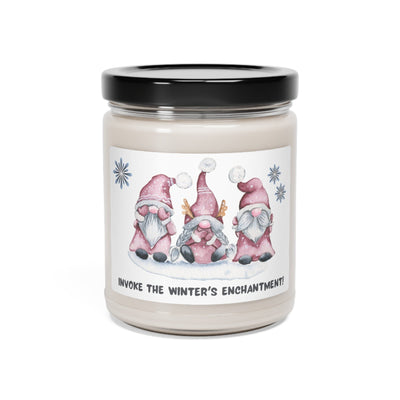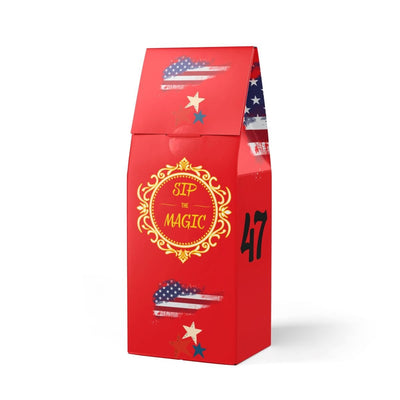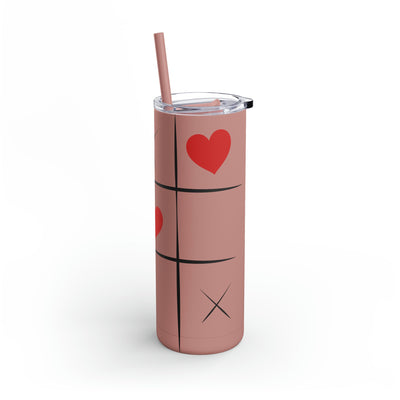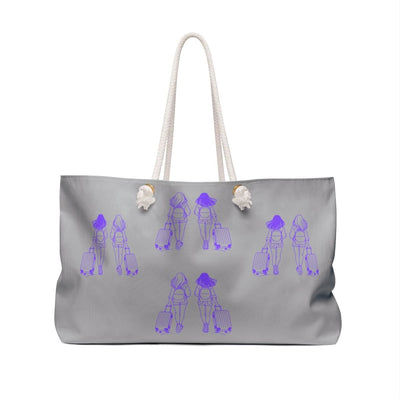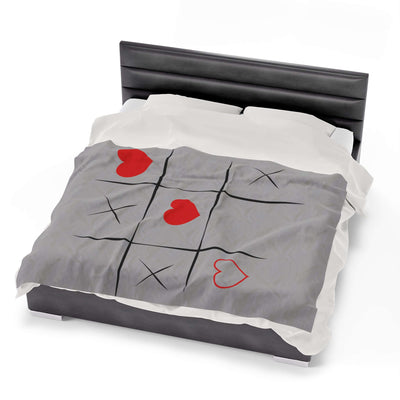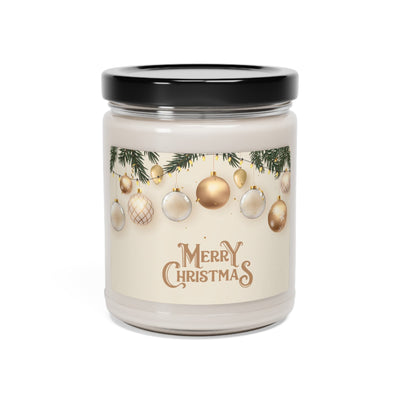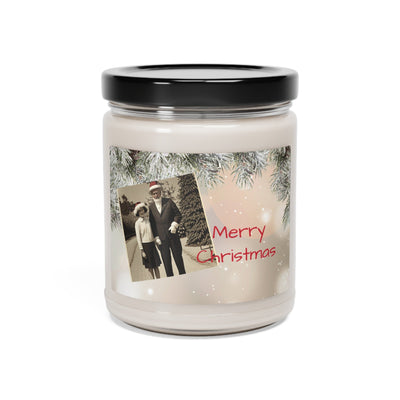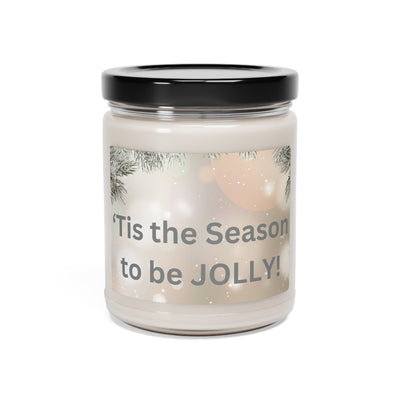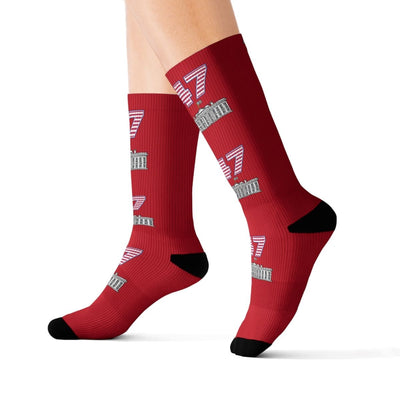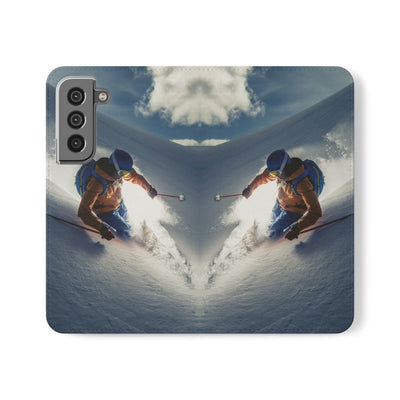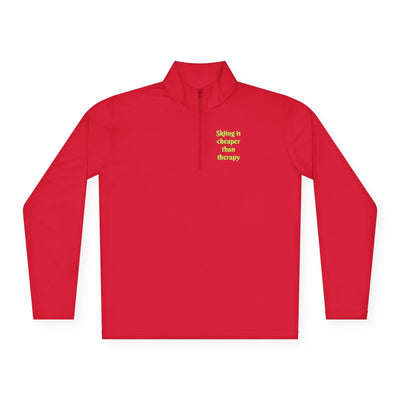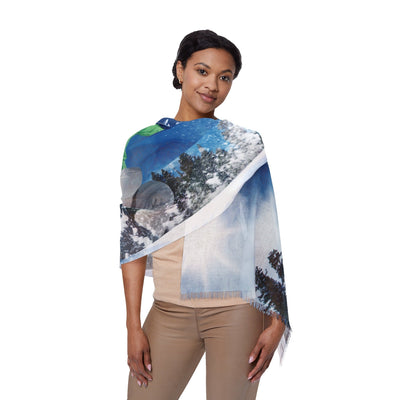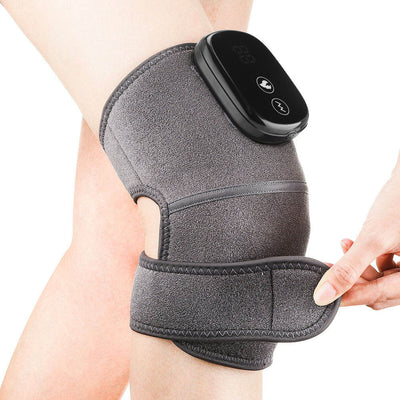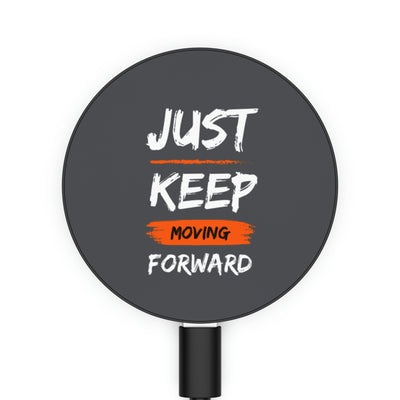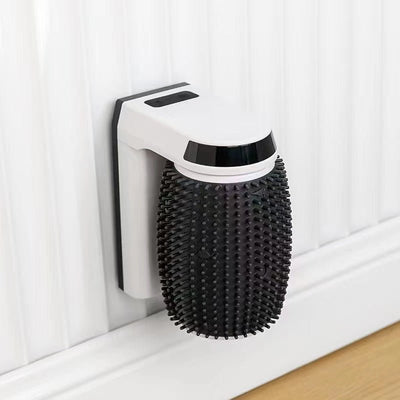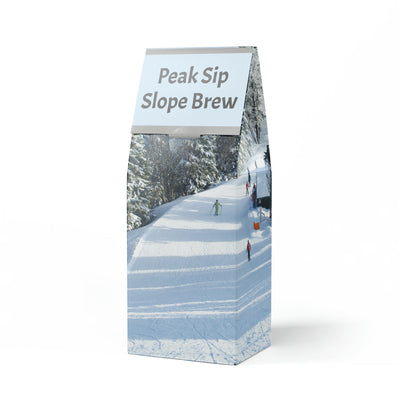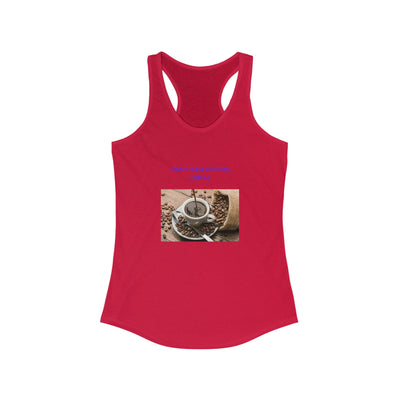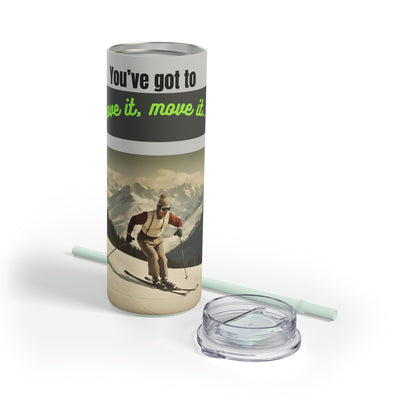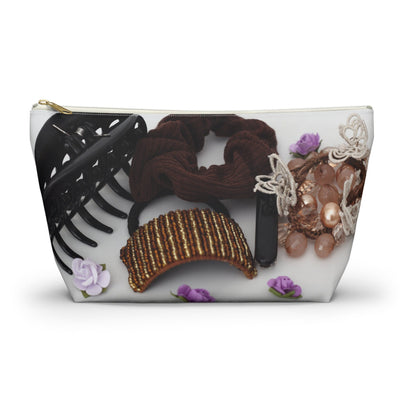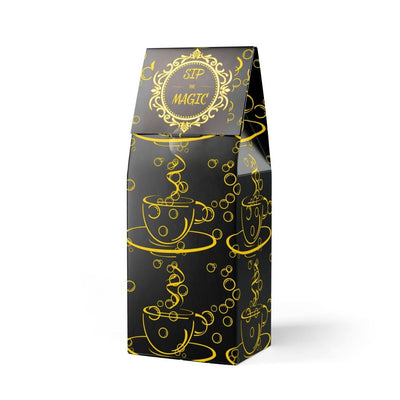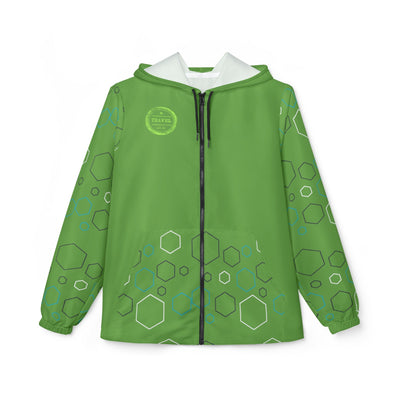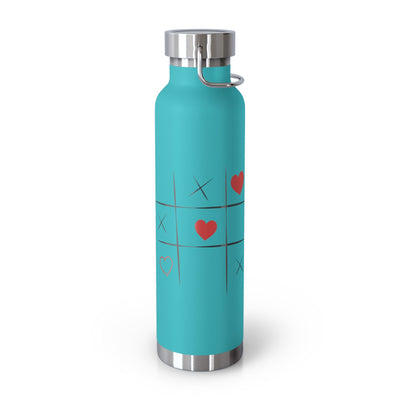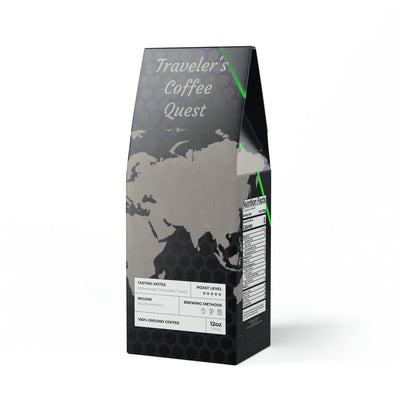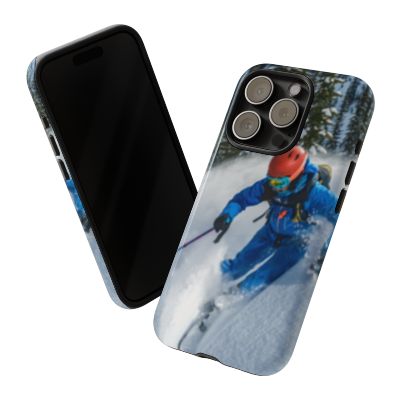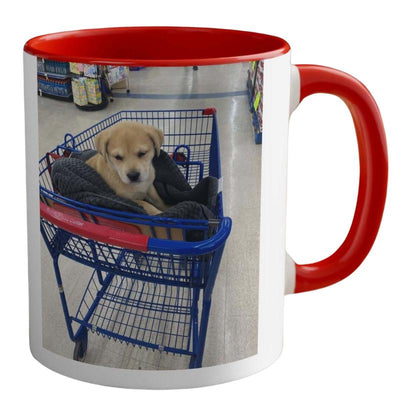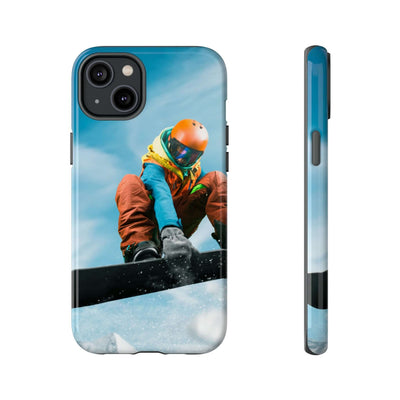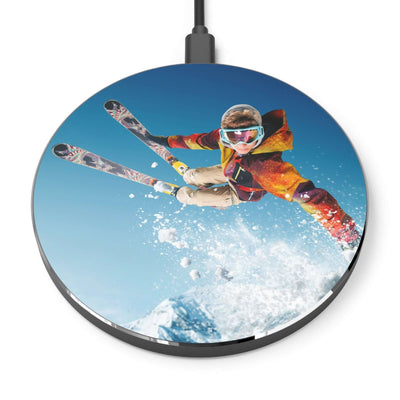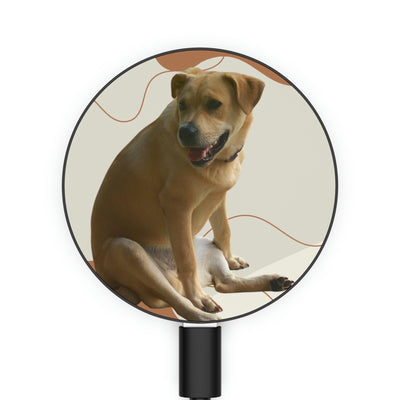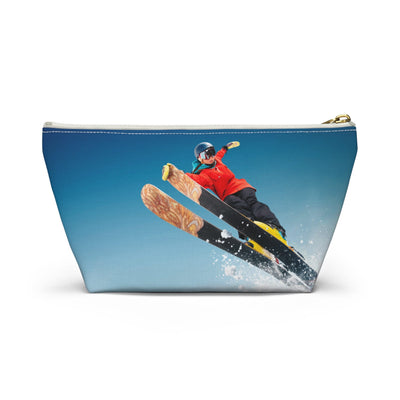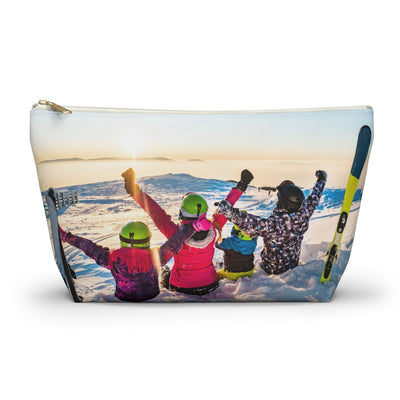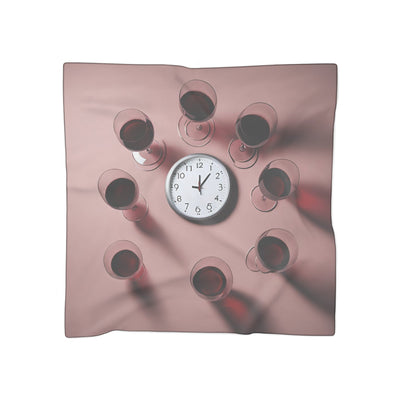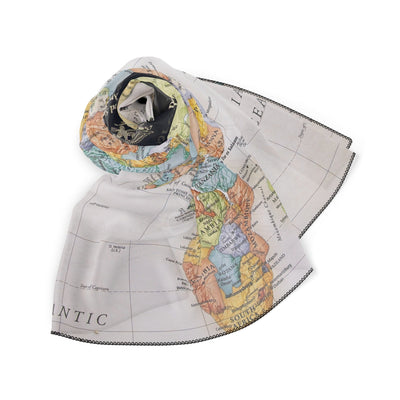Why Finding the Best Knee Support for Skiing Matters This Season
As ski season approaches, many of us look forward to hitting the slopes for some exhilarating runs. However, skiing can put a lot of strain on our joints, particularly our knees. To enjoy the season to the fullest without risking injury, it’s crucial to take proactive steps in caring for your joints. Whether you're a beginner or a seasoned skier, finding the best knee support for skiing can make a significant difference in both performance and recovery. In this blog, we’ll explore essential recovery tips to keep your knees healthy and happy all winter long.
Understanding the Impact of Skiing on Your Joints
Skiing places unique stresses on the knee joints due to the high-impact nature of the activity. Understanding this impact is key to taking proper care of your joints.
When you carve down the slopes, your knees absorb the shock of each turn, which can lead to strain over time. As a skier, it’s essential to recognize this so that we can take proactive steps to maintain our joint health. Regular exposure to various surfaces and conditions while skiing can further amplify these stresses. Being mindful of how your body reacts during skiing can help you make adjustments and protect your knees.
Moreover, the cold weather can affect joint mobility and stiffness. Skipping warm-ups or not focusing on proper form can exacerbate these issues. As such, it’s vital to cultivate an understanding of how skiing uniquely impacts your joints and to approach each run with care.
Essential Warm-Up Routines for Skiers
A proper warm-up can significantly reduce the risk of knee injuries. Explore effective stretching and strengthening exercises to prepare your body for skiing.
Incorporating dynamic stretches into your pre-skiing routine can enhance flexibility and improve blood circulation. These might include leg swings, lunges, and even hip circles. Essentially, these warm-ups not only awaken your muscles but also prime your joints for the activity ahead. Consider spending at least 15 minutes on these exercises to prepare your knees thoroughly.
In addition to stretches, strengthening exercises targeting the muscles surrounding your knees can bolster stability. Think of squats or wall sits that engage and strengthen your quads and hamstrings. A stronger muscle structure around the joints means better support and reduced risk of injury—as well as improved performance on the slopes.
Support Aids for Skiers
When thinking about how to keep your knees happy during ski season, incorporating some specialized products can make a real difference. For instance, consider trying out Infrared Massage Kneepads. These fantastic kneepads not only provide warmth but also use infrared technology to help improve circulation and reduce inflammation. Perfect for after a day on the slopes, they’re designed to snugly fit around your knees, giving you just the support and relief you need. You can check them out here.
Additionally, don’t underestimate the importance of keeping your hands warm and agile while skiing. That’s where Intelligent Heated Gloves come into play. These gloves are engineered to keep your hands perfectly warm while still allowing you to easily grip your ski poles. They can help prevent stiffness in your fingers and wrists, which is essential for maintaining control on those challenging runs. By keeping your extremities warm, you’ll also support overall joint health! Make sure to explore these innovative gloves here.
By using products like these, you can greatly enhance your recovery and keep your entire body happy on the slopes. After all, caring for your joints is just as important as enjoying the exhilarating experience skiing offers.
Hydration and Nutrition: Fueling Joint Recovery
Maintaining adequate hydration and a balanced diet plays a crucial role in joint health. Learn which nutrients you should focus on for optimal recovery.
It’s fascinating how hydration impacts our joints. When skiing, our bodies can lose significant fluids, especially in cold weather where we might not feel thirsty. Keeping those joints lubricated is essential, as dehydration can lead to increased stiffness and discomfort. Aim to drink water before, during, and after skiing to keep your joints happy.
Nutrition is equally important. Consuming foods rich in omega-3 fatty acids—like salmon and walnuts—can help reduce inflammation. On the other hand, antioxidants, found in vibrant fruits and veggies, support recovery and overall joint health. A balanced diet knows no boundaries; try to incorporate a variety of nutrients that promote joint recovery.
Moreover, specific supplements, such as glucosamine, may contribute to joint health, but it’s always best to check with a healthcare professional before diving in. A proactive approach to hydration and nutrition can make transitions from slopes to recovery smoother, allowing you to keep skiing without those nagging joint issues.
Recovery Techniques to Ease Joint Pain
After a long day on the slopes, employing the right recovery techniques can help manage knee discomfort. We’ll cover ice therapy, compression, and elevation.
When it comes to easing knee discomfort after a day on the slopes, knowing when to use ice versus heat can make all the difference. Ice therapy is ideal for reducing inflammation and swelling, especially if you’ve pushed your knees hard during skiing. A good rule of thumb is to apply ice for 15-20 minutes on any sore area. This helps constrict blood vessels, alleviating pain and providing relief when your knees feel particularly strained from the high-impact nature of skiing.
On the flip side, heat is best suited for relaxing and soothing stiff or tense muscles, especially after you’ve rested and if you’re not dealing with swelling. Incorporating heat can be a great way to unwind and prepare your body for the next day on the slopes. A warm bath or a heat pack can help ease tension in the muscles surrounding your joints, improving blood flow and flexibility.
Understanding when to apply ice versus heat is a key part of your recovery routine, helping your knees stay healthy and ready for the next run. So next time you’re feeling a little sore or tight, remember this simple guide to give your joints the care they deserve!
Compression wraps too can offer substantial benefits. They provide support and help to reduce swelling, ensuring your joints are well-protected after the slopes. Just be careful not to wrap too tightly, as that can lead to decreased circulation.
Elevating your legs can also do wonders. Prop your legs up on a pillow—this can facilitate venous return, reduce swelling and allow your body to recover efficiently. Combining these techniques post-skiing will help your knees bounce back faster, ensuring that you can hit the slopes again sooner.
When to Seek Professional Help for Knee Injuries
While many knee issues can be managed at home, it’s important to recognize when professional intervention is necessary. We’ll discuss red flags and treatment options.
Certain symptoms should never be ignored. If you experience persistent pain that doesn’t fade after a few days of rest, or if swelling doesn’t subside, it’s crucial to consult a doctor. Other red flags include a feeling of instability or inability to bear weight on the affected knee. Listening to these signals from your body is key; they’re your ultimate guide to knowing when to seek help.
Additionally, don’t hesitate to reach out to a physical therapist. They can personalize rehabilitation exercises and provide insights tailored specifically to your condition, which is paramount for a successful recovery.
Remember, resorting to professional help doesn’t equate to being weak; rather, it reflects your commitment to your health and enjoyment of skiing. Ultimately, catching issues early can make a world of difference in your recovery journey.
Wrap-Up: Prioritizing Joint Health While Enjoying the Slopes
Caring for your joints during ski season isn’t just about preventing injuries; it’s about enhancing your overall skiing experience. By incorporating these recovery essentials into your routine, you can protect your knees and ensure that you’re ready for every run. So grab your gear, enjoy the snow, and remember—your joints deserve some extra love this ski season!







